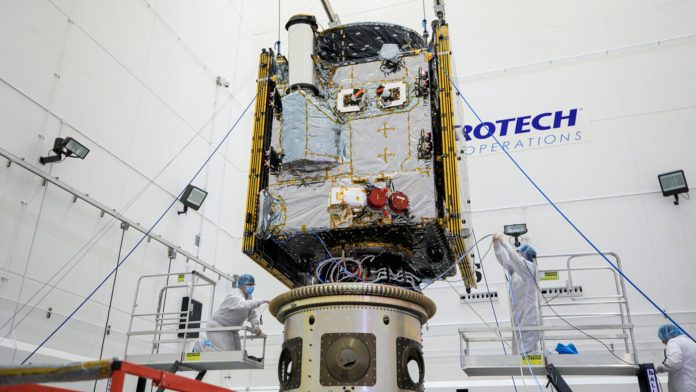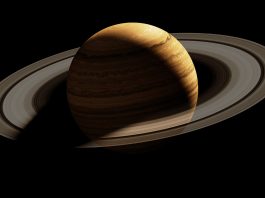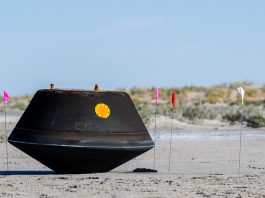NASA has postponed the asteroid mission Psyche launch by a week to update the configuration of thrusters on the spacecraft.
The Psyche launch was previously scheduled for 5 October, but will now take flight a week later on 12 October. A Falcon Heavy rocket will have an instantaneous launch window that day from Kennedy Space Center’s Launch Complex 39A.
NASA said the delay will give engineers more time to verify the parameters used for nitrogen cold-gas thrusters that orient the spacecraft.
The gas thrusters are crucial to the launch’s success
The parameters of the thrusters required changes after engineers concluded that the thrusters would operate at warmer temperatures than previously predicted.
“Operating the thrusters within temperature limits is essential to ensure the long-term health of the units,” NASA said in a statement about the Psyche launch delay.
They also added that the verification work involves running simulations and making adjustments to flight parameters and procedures.
At a briefing on 6 September, project officials said they were working with no issues with the spacecraft, making no mention at the time of any concerns about the Psyche launch’s cold-gas thrusters.
“It’s so important that we get this right. These thrusters aren’t the main propulsion system, but they matter, especially right after launch, and we want to make sure we are using them in a very robust way when they are needed,” said Laurie Leshin, director of NASA’s Jet Propulsion Laboratory.
She added: “We are confident the team is on track to mitigate this concern, and we look forward to our launch in two weeks.”
What are the aims of the Psyche launch?
The Psyche launch is a NASA mission that will study a metal-rich asteroid with the same name, located in the main asteroid belt between Mars and Jupiter.
This is NASA’s first mission to study an asteroid that has more metal than rock or ice.
The asteroid Psyche’s gravity will capture the spacecraft in late July 2029, and Psyche will begin its prime mission in August. It will spend about two years orbiting the asteroid to take pictures, map the surface, and collect data to determine Psyche’s composition.
The body of the Psyche launch is about the size of a small van, and it’s powered by solar electric propulsion. It has a magnetometer, a gamma-ray and neutron spectrometer, and a multispectral imager to study asteroid Psyche. The spacecraft will start sending images to Earth as soon as it spots the asteroid.
Scientists think asteroid Psyche, which is about 280 km at its widest point, could be part or all of the iron-rich core of a planetesimal, a building block of a rocky planet.
The asteroid could also be something else. It could be the leftover piece of a completely different kind of iron-rich body that formed from metal-rich material somewhere in the solar system.
The Psyche launch may be able to show us how Earth’s core and the cores of the other terrestrial planets came to be.








